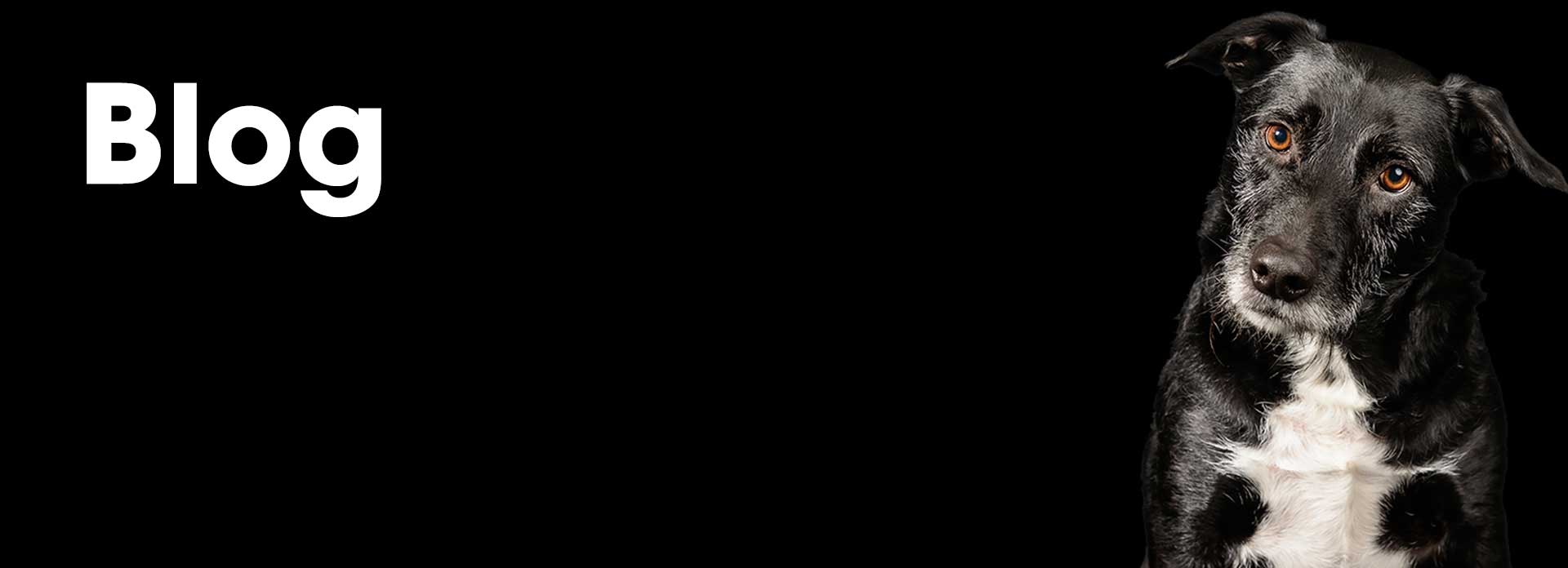Gastric dilatation and volvulus (GDV) is a life-threatening disorder most commonly seen in large, deep-chested dogs, although any dog may develop GDV. The disorder develops without warning and can progress very quickly.
If not treated, GDV is almost always fatal. However, you can take steps to help protect your dog from GDV.
This serious disorder has two stages: gastric dilatation, known as bloat, and volvulus. In the bloat stage, the dog’s stomach fills with gas. If the bloat progresses into volvulus, the gas-, fluid-, and food-filled stomach twists upon itself so that both the entrance and the exit of the stomach are blocked.
A dog that becomes bloated but does not develop volvulus can normally be treated non-surgically. However, when volvulus develops, only urgent, immediate surgery can save the dog’s life. The pressure on the stomach wall and internal organs must be reduced as soon as possible. Shock treatment must begin immediately, using intravenous fluids and emergency medications. Once the dog becomes stable, surgical correction of the GDV must be performed. It may be necessary to delay this major abdominal surgery until the dog is able to undergo anesthesia.
What causes GDV? The exact cause is still unknown. Some of the risk factors that can produce bloat include the following:
- Overeating, eating quickly, or exercising after a large amount of food or water
- Eating from a raised food bowl
- Eating only one meal a day
- Eating moistened dry food, particularly if citric acid is used as a preservative
- Anxiety and stress, sometimes as a result of environments like boarding kennels
- Increased age over 7 years
- Genetic factors
- Illness that decreases intestinal motion
How can you tell that your dog is experiencing GDV? Common symptoms include pacing, excessive drooling, retching or attempting to vomit with no success, panting or rapid breathing, and an overall appearance of distress.
In addition, the dog’s stomach may be swollen, especially on the left side. The dog may appear to be in pain and may whine or cry. As the enlarged stomach presses on the diaphragm, the dog may have trouble breathing. If the stomach presses on the large abdominal blood vessels, the dog’s circulation is compromised. Without treatment, the dog collapses, is unable to stand up, and is likely to die.
Some dog breeds that seem predisposed to GDV include Great Danes, Saint Bernards, Weimaraners, Irish Setters, Standard Poodles, Basset Hounds, Doberman Pinschers, and Old English Sheepdogs. However, any dog can develop bloat, even small dogs like Dachshunds and Chihuahuas. Dogs weighing over 100 pounds have an approximately 20% risk of bloat during their lifetime.
Of course you want to know how you can prevent your dog from developing GDV. The most effective way to prevent it is gastropexy, which is a surgical attachment of the stomach to the body wall so that the stomach cannot flip. In high-risk breeds, some veterinarians recommend performing prophylactic (preventative) gastropexy at the time of spay or neuter. Although gastropexy does not prevent bloat, it does prevent twisting (volvulus) in most cases.
If your dog does develop GDV, a gastropexy can be performed during the surgical procedure to protect the dog from volvulus if bloat occurs again. The success rate of gastropexy in preventing the recurrence of GDV is 95%.
Besides gastropexy, you can help decrease your dog’s risk of GDV by taking these steps:
- Feed your dog two or more meals a day
- Feed a dry food containing a calcium-rich meat meal in the first four ingredients of the food
- Add canned dog food to your dog’s diet
- Delay exercise until several hours after your dog has eaten
- Help your dog remain relaxed and calm
